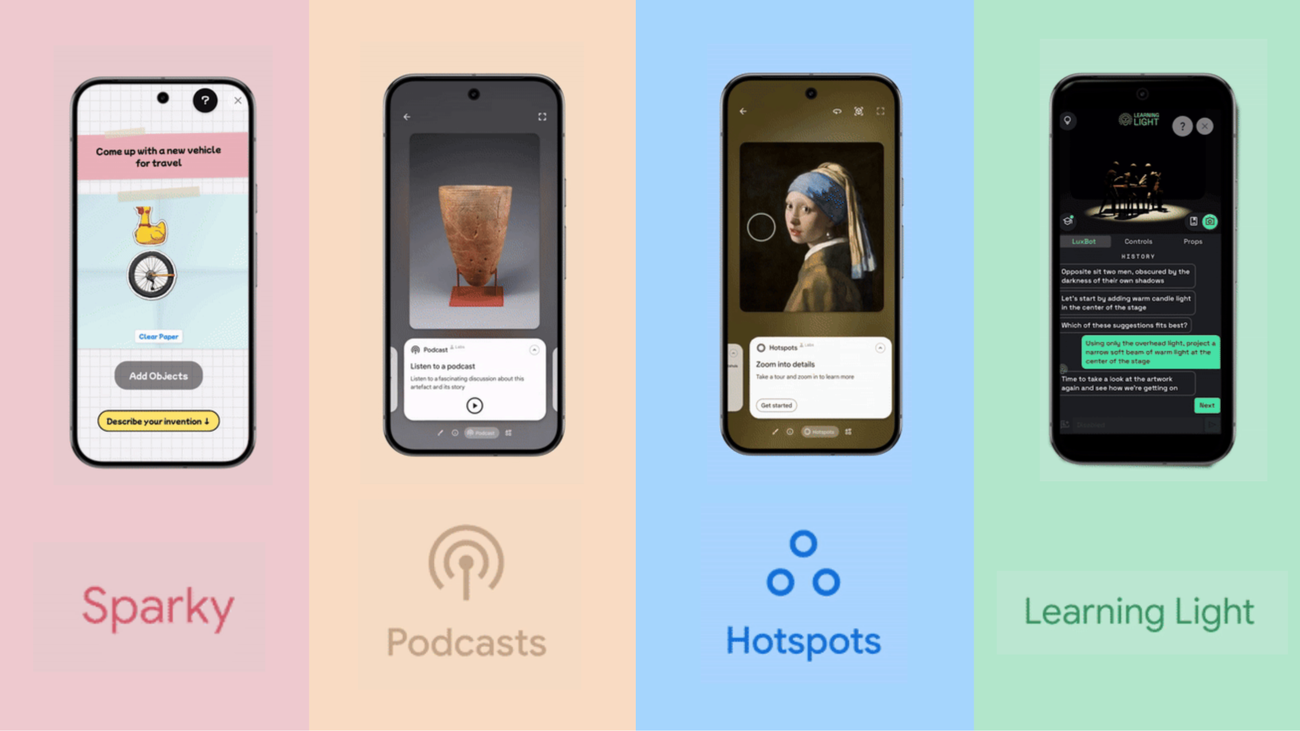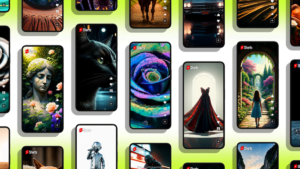Explore Innovative AI Projects in the Arts and Culture Sphere

At Google Arts & Culture, a unique collaboration between engineers and artists has been taking place to explore innovative uses of artificial intelligence (AI). This partnership aims to make cultural experiences more engaging, educational, and enjoyable for users. Below, we’ll delve into some of the latest experiments and features available for exploration.
AI-Driven Experiments
Google Arts & Culture continually seeks to enhance the way we interact with art and culture. The platform has introduced numerous AI-driven projects that help bridge the gap between technology and creativity. These initiatives not only allow users to learn more about art but also provide immersive experiences that make viewing art more interactive. Some of the standout features include:
Hotspots Feature
One of the most exciting new features is called Hotspots. This innovative tool leverages the capabilities of AI, particularly through the application of Google’s Gemini model. The feature identifies important areas within an artwork and overlays them with interactive dots. When users click on these hotspots, they can uncover hidden details and intriguing trivia related to that specific part of the piece. This feature allows for a deeper understanding and appreciation of art, making it more accessible to a broader audience.
The Art Camera
For many years, Google has been at the forefront of digitalizing art collections globally. A key component of this initiative is the Art Camera, a revolutionary custom-built camera designed specifically for capturing artwork in ultra-high resolution. This camera can create “gigapixel” images that consist of more than one billion pixels. Such high-resolution imagery allows viewers to see intricate details that are often unnoticed with the naked eye. This advancement in technology not only reveals the craftsmanship behind artistic pieces but also enhances the overall viewing experience.
Benefits of High-Resolution Artwork
- Detail Enhancement: Users can view fine brush strokes, textures, and color variations that reflect the artist’s intentions.
- Accessibility: Art is more accessible to people who cannot visit museums or galleries physically.
- Educational Opportunities: High-resolution images provide teachers and students with valuable resources for learning about art history and techniques.
User Engagement
The combination of high-resolution imaging and interactive elements helps to engage users in ways that traditional art viewing cannot. Google Arts & Culture aims to foster a more significant connection between people and cultural heritage by utilizing these advanced technologies. Encouraging exploration and curiosity, users can now dive deeper into the arts, discovering not just the overall piece, but also the layers that lie within.
Future Innovations
As Google strives to enhance the user experience with AI and art, viewers can anticipate further advancements. Ideas in progress may include more personalized recommendations based on individual interests, enhanced storytelling around artworks, and even the integration of augmented reality (AR) features to experience art in one’s own environment.
Overall, the efforts of Google Arts & Culture to integrate technology with the arts are a testament to the potential of collaboration between engineers and artists. This partnership not only preserves cultural heritage but also makes it more engaging and accessible to everyone.




